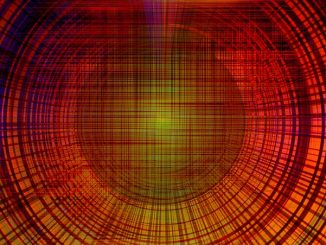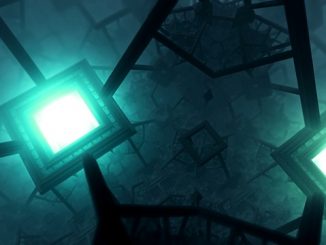
China has achieved another remarkable feat. Aside from having the world’s fastest supercomputer (TaihuLight), they have now developed a quantum computer that can supposedly work 24,000 times faster than any existing supercomputer, including their own.
While other tech companies like D-Wave and IBM have already managed to build their own quantum computers, what differentiates China’s quantum computer is the use of multiple photons (the visible particles of light), specifically five of them, which is what gives its computing speed a super boost.
Prior to this, Pan Jianwei — the leader of the research team from the University of Science and Technology of China who built the multi-photon quantum computer — together with one of his colleagues, Lu Chaoyang, was credited with developing the world’s best semiconductor quantum dots-based single photon source. Using this photon source and an electronically programmable photonic circuit, made it possible for them to build their multi-photon quantum computing device.
According to Pan Jianwei, their machine can do calculations 10 to 100 times faster than ENIAC, the first electronic digital computer built in the 1940s. And while there’s no practical use for it yet, its ability to predict the highly complex behavior and movement of photons (something that traditional computers are incapable of doing) is a clear testament to the potential of quantum computers.
Traditional computers store and process information in bits that can represent either 0 or 1. On the other hand, quantum computers use qubits (short for quantum bits) that can represent 0, or 1, or 0 and 1 simultaneously through the quantum concepts superpositioning (being able to exist in two states at once) and entanglement. This is what makes a quantum computer special — it can process data and calculate outcomes simultaneously. And the more qubits that can be manipulated, the faster its computing ability becomes.
A common analogy used to explain the concept of quantum computing is reading books in a library. With traditional computing, it’s like reading one book at a time, finishing one before moving on to another. With quantum computing, it’s like reading all the books at the same time.
This theory has been around for a while, but researchers have yet to figure out the best approach that can transform this quantum computing dream into a reality.
This is what makes China’s accomplishment so significant. Their latest quantum device — which they are calling a Boson sampling machine — isn’t just able to perform calculations for five photons; it’s able to do so at a speed that’s 24,000 times faster than what previous proof-of-concept experiments showed. Even better, the team says that scaling up their architecture to a higher number of photons is feasible, adding up to its potential to compete and defeat the performance of classical computers.
According to Shanghai Daily, the team is aiming to be able to manipulate 20 entangled photons by the end of the year. Their research was recently published on Nature Photonics.




Leave a Reply